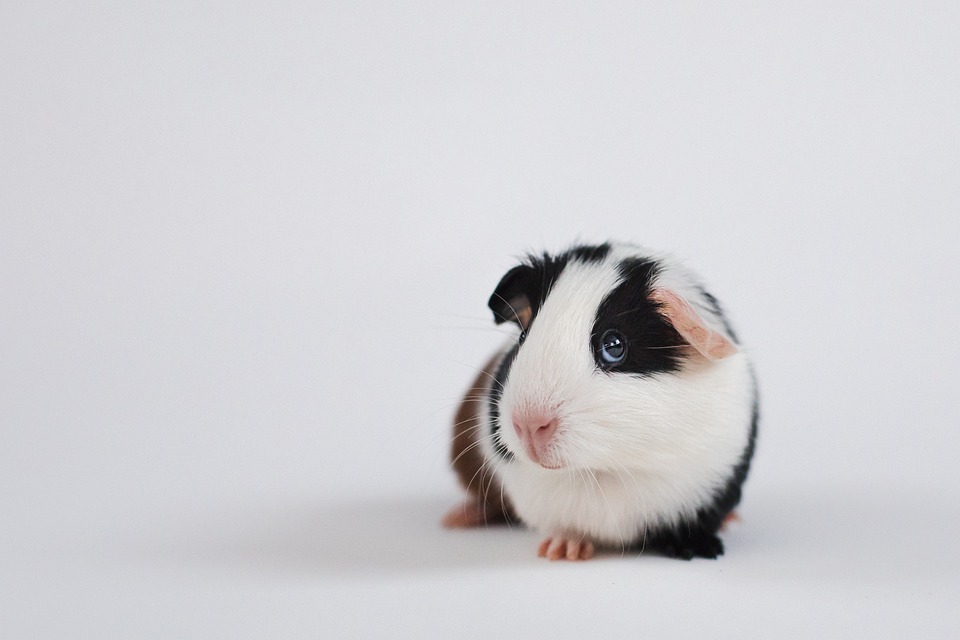Welcome, parents! As your little one grows, you may notice that their head shape is not quite as round as you expected. This could be a sign of positional plagiocephaly, a condition where a baby’s head becomes flattened or misshapen due to prolonged pressure in one area.
What causes positional plagiocephaly?
Positional plagiocephaly often occurs when a baby spends a lot of time in one position, such as lying on their back. This can happen because of practices like back sleeping to reduce the risk of Sudden Infant Death Syndrome (SIDS). Other contributing factors may include limited space in the womb, tight neck muscles, or torticollis.
How can parents prevent positional plagiocephaly?
There are several steps parents can take to help prevent positional plagiocephaly and promote a rounder head shape for their baby. These include:
- Supervised tummy time: Encouraging your baby to spend time on their tummy while awake and supervised can help relieve pressure on the back of their head.
- Change positions frequently: When your baby is awake, be sure to change the position of their head often to avoid prolonged pressure on one area.
- Use a firm mattress: Providing a firm and flat sleep surface, such as a crib mattress, can help reduce the risk of developing a flat head.
- Avoid too much time in car seats and carriers: Limiting the time your baby spends in car seats, bouncers, and carriers can also reduce the risk of positional plagiocephaly.
- Consult a pediatrician: If you notice your baby’s head shape becoming misshapen, be sure to consult with your pediatrician for guidance and support.
Treatment options for positional plagiocephaly
If your baby has already developed positional plagiocephaly, there are treatment options available to help improve their head shape. These may include:
- Repositioning techniques: Your pediatrician may recommend specific repositioning techniques to relieve pressure on the affected area of your baby’s head.
- Physical therapy: For babies with tight neck muscles or torticollis, physical therapy can help address these issues and improve head shape.
- Helmets or headbands: In some cases, a custom-fitted helmet or headband may be recommended to gently reshape your baby’s skull as they grow.
Conclusion
As a parent, it’s important to be aware of the risk factors and preventative measures for positional plagiocephaly. By implementing simple strategies and seeking guidance from your pediatrician, you can help keep your baby’s head round and healthy.
Frequently Asked Questions
Q: Is positional plagiocephaly dangerous for my baby?
A: Positional plagiocephaly is not generally dangerous, but it’s important to address it early to prevent long-term head shape issues.
Q: How long should my baby spend on their tummy each day?
A: Aim for short periods of supervised tummy time several times a day, gradually increasing the duration as your baby gets stronger.
Q: Will my baby need surgery for positional plagiocephaly?
A: In most cases, surgery is not necessary, and the condition can be improved with repositioning techniques, physical therapy, or orthotic devices.
Q: Can I use a special pillow to prevent positional plagiocephaly?
A: It’s best to avoid using special pillows or devices, as they can increase the risk of suffocation or SIDS. Instead, focus on supervised tummy time and repositioning techniques.
[ad_2]


















コメント